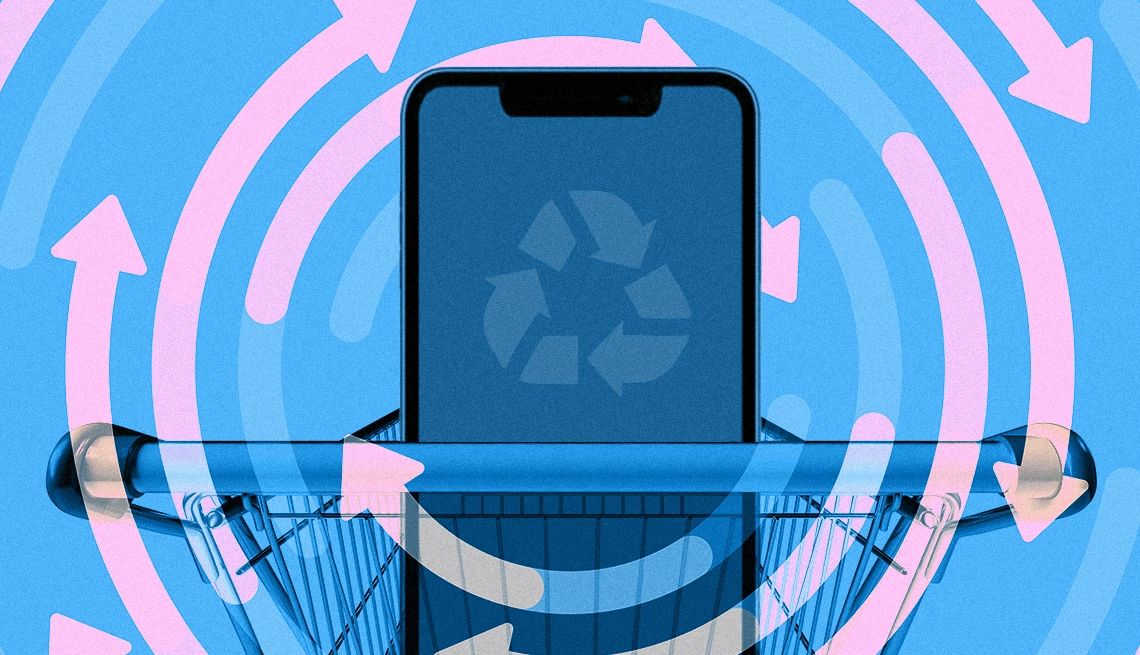AARP Hearing Center


I’d like to buy a nice new computer and maybe phone but don’t want to spend a fortune. I understand I can get refurbished gear, sometimes with steep discounts. Are such purchases risky?
I understand why you’re asking. Buying used often can save substantial cash, but many used products do come with baggage. No one wants to get stuck with a lemon.
That said, you may see discounts of 15 percent or higher on tech products that have barely been used. You can protect yourself by ensuring such products include a warranty and return guarantee and are purchased through reputable manufacturers and retailers.
Tech marketers generally avoid the hyperbole heard on a used car lot: “the steal of a lifetime,” “Grandma drove it only to church and back.” But they’ll do their utmost to make used tech products sound more appealing.
Indeed, such products are never labeled “used,” which could give a distinctly down-market vibe. Instead, they’re “pre-owned,” “refurbished,” “certified renewed.” Sometimes the messaging is even more gentle.


Ask The Tech Guru
AARP writer Ed Baig will answer your most pressing technology questions every Tuesday. Baig previously worked for USA Today, BusinessWeek, U.S. News & World Report and Fortune, and is author of Macs for Dummies and coauthor of iPhone for Dummies and iPad for Dummies.
Apple’s official certified online store is a place you’ll find Macs, iPhones and other products the company insists are “designed for an encore.”
At Google’s store for certified products, potential smartphone buyers are encouraged to “find your pre-loved Pixel,” which after being inspected, certified and tested is “restored to Google standards.”
Related: 5 ways to trim the price of a device
Make sure you’re satisfied with answers to these questions
You’ll want to always ask:
- Why was a, um, loved product returned in the first place?
- What was — or potentially is — wrong with the device?
- Was it used much, or is it in the high-tech equivalent of a thrift store because of a barely noticeable blemish that doesn’t affect the machine’s performance?
- While the outside looks pristine, what about the internal parts? Are those new?
Typically, you can minimize major risks when you purchase second-hand electronics from major retailers, or first-tier manufacturers of personal computers and other tech gear.
Related: How to scrub personal information from your electronics


































































You Might Also Like
Your Smart Speaker Can Tell You More Than the Weather Report
Amazon Alexa, Apple’s Siri and Google Assistant can control the smart home or answer trivia
Take Control, Remotely, of Your Parents’ Technology
When someone is struggling, you can assist from afarWhy Is My Computer Running So Slowly? What’s Wrong?
The device could have a virus. Or it just might be old